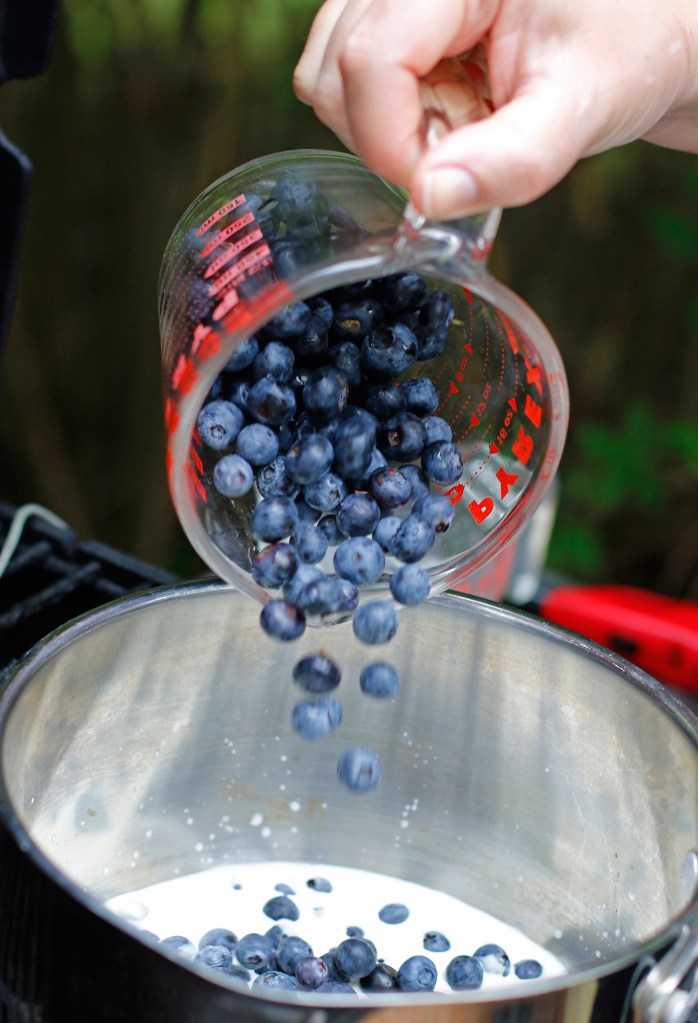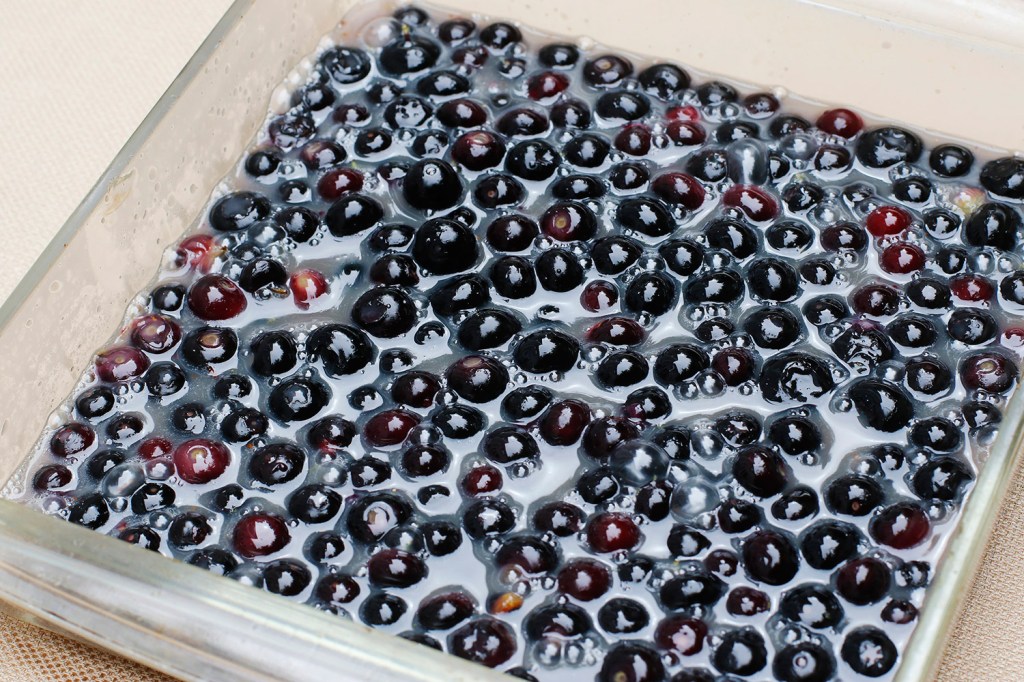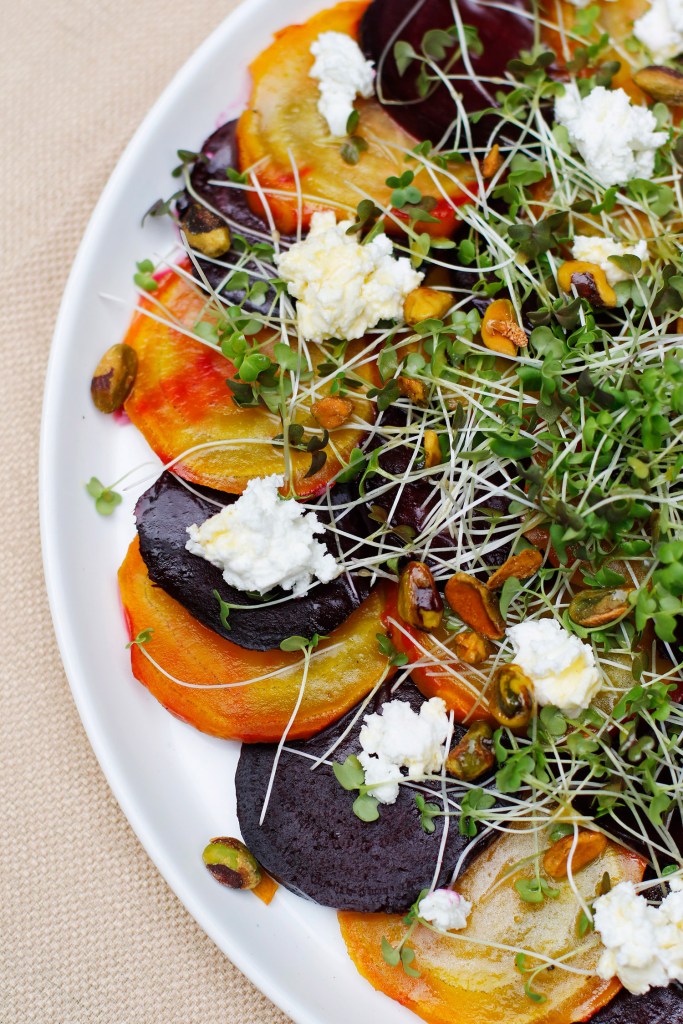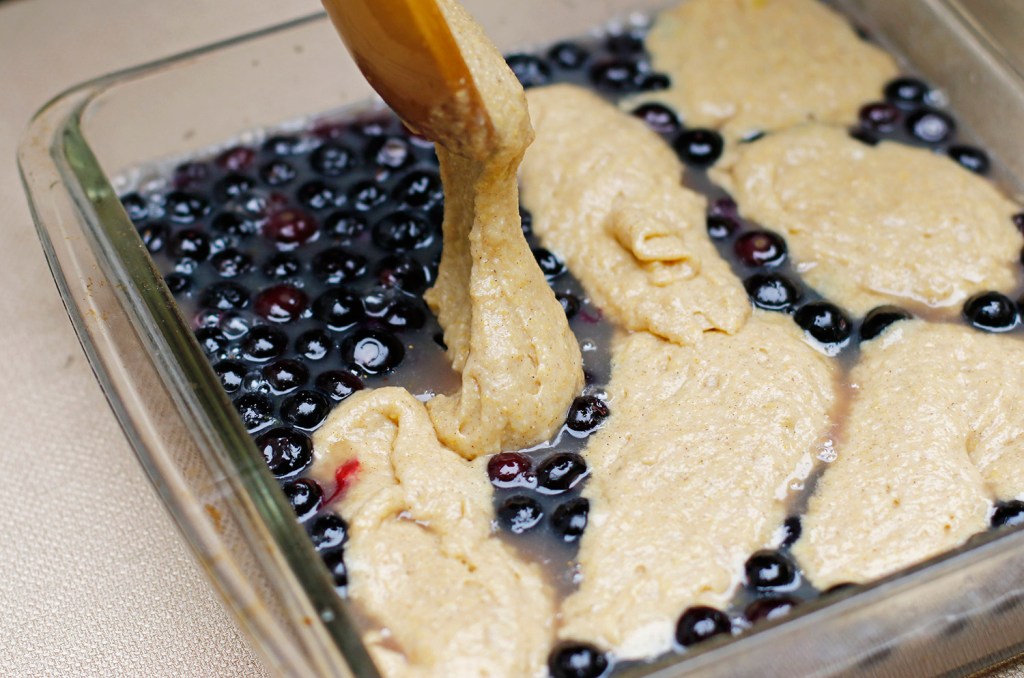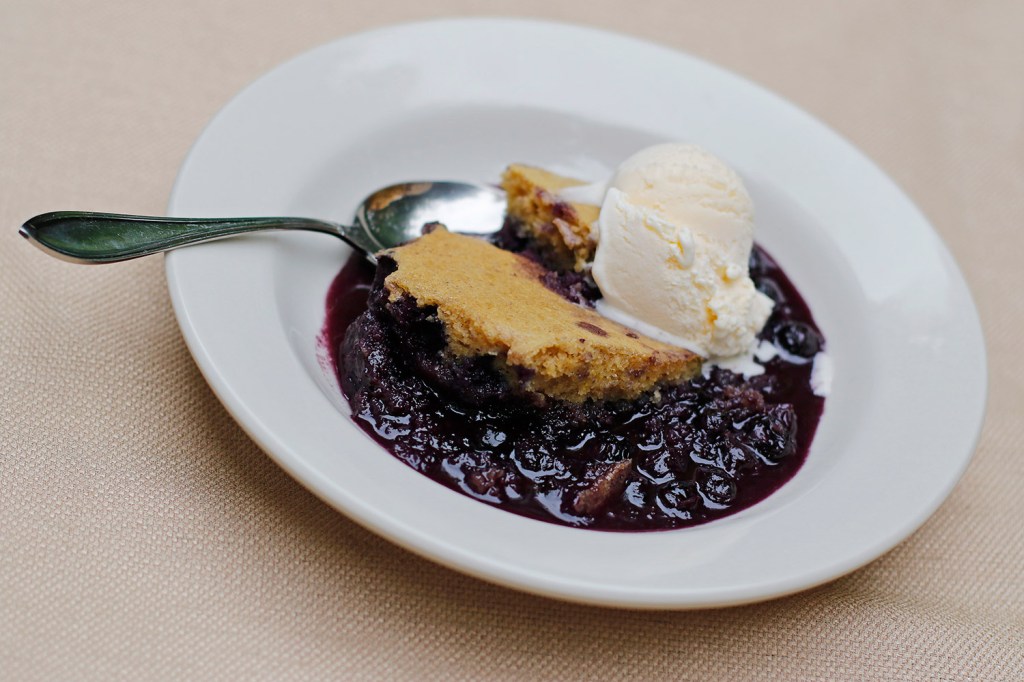So I baked a cake on the grill. Not because my oven was broken, but because I am never keen to crank up my oven when the outside temperature breaks 80 degrees and was wondering if the grill might help keep my kitchen cool as my husband’s birthday approaches.
My grill is powered by propane gas and my oven by natural gas, both of which sit at the lower end of the carbon emissions scale than charcoal and electric grills as well as electric ovens.
The difference in environmental cost of using them on an hourly basis is negligible. But since I typically fire up the grill most summer nights anyway, turning on the oven seems redundant. And preheating the grill takes less time than getting my oven to reach 350 degrees F. And since as the oven bakes the cake it heats the house – a condition I value highly nine months out of 12 – I am always tempted to spend more energy on the electric fans to cool it down.
Given these factors, the greener option for my summertime baking is on my patio rather than in my kitchen.
If you’ve not thought about using your grill to bake, you’ve plenty of company. According to a study conducted by the Hearth, Patio & Barbecue Association, only about 4 percent of Americans have used their grills or smokers to make desserts regularly in the past five years. And the study doesn’t discern s’mores from grilled peaches from triple fudge brownies.
But Eric Davis, the organization’s spokesman, was upbeat about the future of grilled desserts. “The rule of thumb is simple: If you can bake it in your indoor oven, you can bake it on your charcoal, gas, electric or wood pellet grillor smoker,” said Davis. The only difference between the oven and the grill, he argued, was that the latter will give you a better flavor.
Armed with Davis’ enthusiasm, I whipped up a vanilla cake batter (my husband Andy’s birthday cake is always a Boston cream pie) and gave it a go. It worked, sort of.
The cake was lopsided, with a burnt bottom and a slightly beefy finish.
Given the output, the lessons learned from my al fresco baking experiment are many.
Firstly, don’t skip the prep. Clean the grill really well with a wire brush before you switch from savory to sweet. While most times you won’t be cooking directly on the grates (unless you’re trying to bake biscuits on the grill), the grill top is down while the baked goods cook to completion and the flavors from barbecued chicken and seared steak left on the grates burn off as the cake bakes. Those smoky flavors circulate and get locked into the goods for better or worse.
Secondly, take the grill’s temperature. Mine has a handy thermostat on the outside of the cover. I used a second meat thermometer lowered through the vent hole to make sure the outside sensor was accurate.
If your grill’s like mine, whose flame tends to creep up, check the temperature a couple of times as your dessert bakes to make sure it hasn’t also crept up, and adjust the gas flow accordingly.
And finally, diffuse the heat further so that the bottom of your baked goods are not charred before the top is set. I have a three-element setup on my grill, so I can turn the middle one off to even out the heat around the pan rather than have it directly beneath. Davis says for two-burner gas grills or charcoal ones, it’s best to concentrate the heat on a single side, and place your baking pan over the other.
There are purpose-built grill diffusion plates on the market that help to further spread the heat evenly, but I don’t bother with those.
Instead, I lay an old aluminum baking sheet across the grill. It does the trick as long as I understand that it will be unfit for baking future cookies in the oven or on the grill.
With a better handle on the nuances of grill-baking, this year’s birthday Boston cream pie is going to be the coolest yet.
Christine Burns Rudalevige is a food writer, a recipe developer and tester, and a cooking teacher in Brunswick. Contact her at: cburn1227@gmail.com.
Send questions/comments to the editors.

